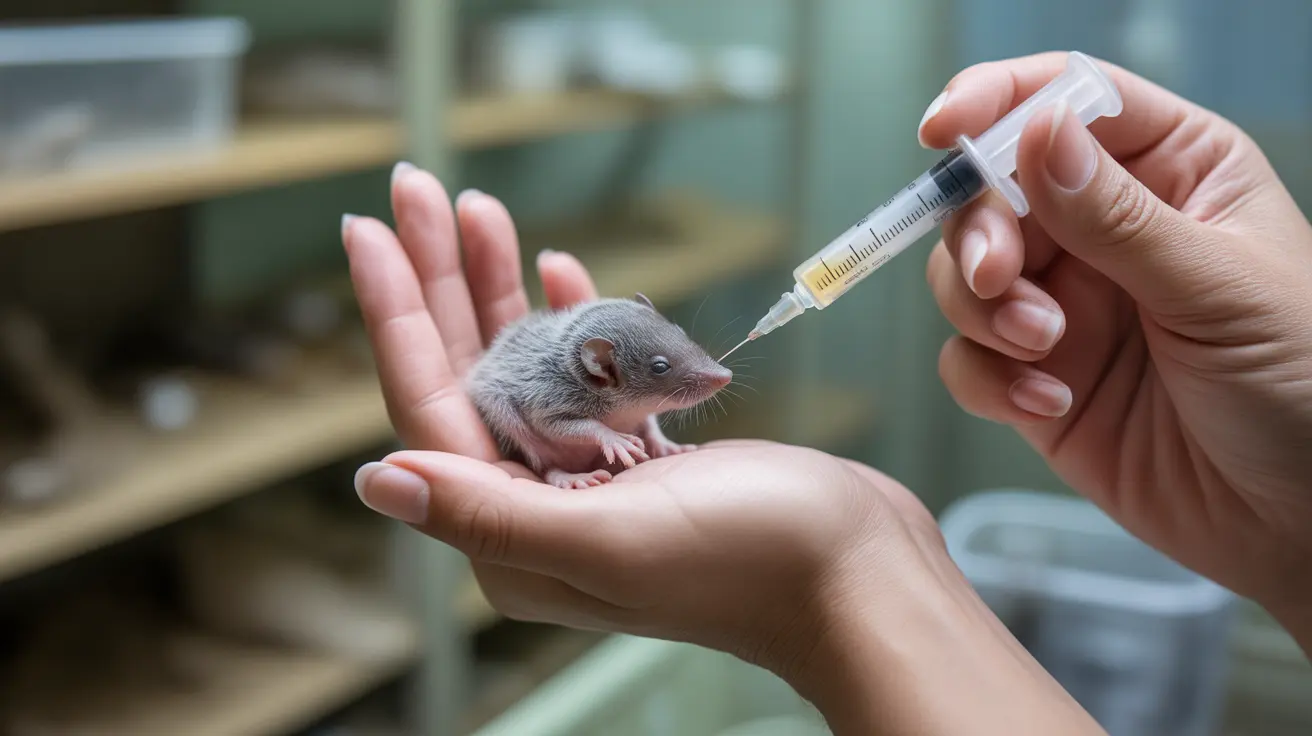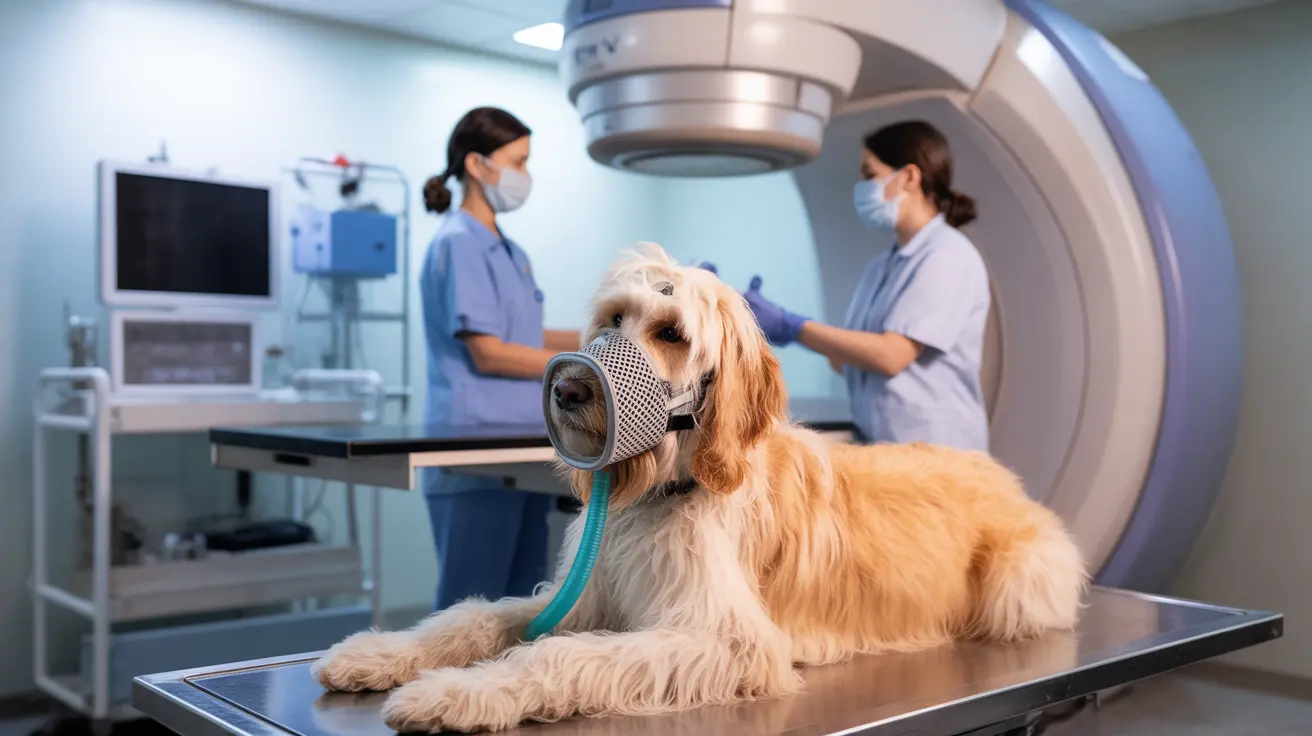Writing a research summary is a crucial skill that helps bridge the gap between complex academic studies and their practical applications. Whether you're a student, researcher, or professional, understanding how to distill extensive research into clear, actionable insights is invaluable. This guide will walk you through the essential components and best practices for creating compelling research summaries.
Understanding the Purpose of Research Summaries
A research summary serves as a concise yet comprehensive overview of a study's key findings and conclusions. It's designed to communicate complex information to broader audiences while maintaining the integrity of the original research. The goal is to present the most relevant information in an accessible format that enables informed decision-making and understanding.
Essential Components of an Effective Research Summary
Title and Abstract
The title should clearly indicate the research focus and main findings. Your abstract needs to provide a brief overview of the study's purpose, methodology, results, and conclusions within 100-500 words. This section acts as a snapshot of the entire research, helping readers quickly determine the study's relevance to their interests.
Introduction and Context
Begin with essential background information and clearly state the research questions or hypotheses. This section should explain why the study matters and what gap in knowledge it addresses. Keep technical terms to a minimum and provide clear definitions when necessary.
Methodology Overview
Present only the most critical aspects of the research methods. Focus on elements that directly impact the study's validity and reliability. Avoid getting lost in technical details that aren't essential for understanding the main findings.
Presenting Results and Discussion
Key Findings
Present the most significant results using clear language and, where appropriate, visual aids. Highlight patterns, trends, and unexpected discoveries that emerged from the research. Remember to contextualize statistics and data points to make them meaningful to your audience.
Analysis and Implications
Explain what the results mean in practical terms and how they contribute to the field. Discuss both the strengths and limitations of the research, and suggest potential applications or areas for future study.
Best Practices for Writing and Formatting
Clear Communication Strategies
Use plain language whenever possible and explain complex concepts through relatable examples. Break down information into digestible sections with clear headings and subheadings. Consider your audience's background knowledge when determining how much detail to include.
Visual Elements
Incorporate charts, graphs, or infographics to illustrate key points and make the summary more engaging. Ensure all visual elements are clearly labeled and referenced in the text.
Frequently Asked Questions
What are the key elements I should include when writing a clear and concise research summary?
Focus on including the research purpose, methodology highlights, key findings, and main conclusions. Ensure each element flows logically and contributes to the reader's understanding of the study's significance.
How can I simplify complex scientific research findings to make them accessible to a general audience?
Use plain language, provide relevant examples, and break down complex concepts into smaller, more digestible pieces. Avoid jargon when possible, and when technical terms are necessary, define them clearly.
Why is it important to limit methodological details in a research summary, and what should I focus on instead?
Methodological details should be limited to maintain readability and focus. Instead, emphasize the study's findings, implications, and practical applications, which are typically more relevant to your audience.
How can visual aids like charts and infographics improve the effectiveness of a research summary?
Visual aids help readers quickly grasp complex information, illustrate relationships between variables, and make the summary more engaging. They can also break up text and improve overall readability.
What common mistakes should I avoid to ensure my research summary is professional and engaging?
Avoid excessive technical detail, maintain appropriate length (typically no more than 10% of the original), ensure proper attribution of sources, and focus on clear, actionable insights rather than getting lost in methodology.
Conclusion
Creating an effective research summary requires careful balance between comprehensiveness and accessibility. By following these guidelines and best practices, you can create summaries that effectively communicate complex research findings to your target audience while maintaining academic integrity and professional standards.






